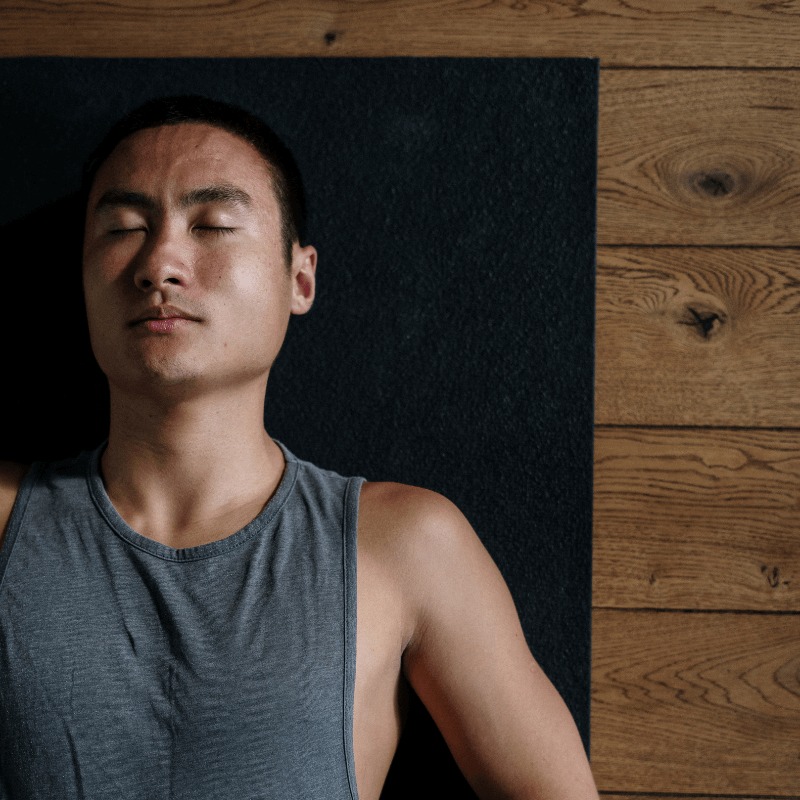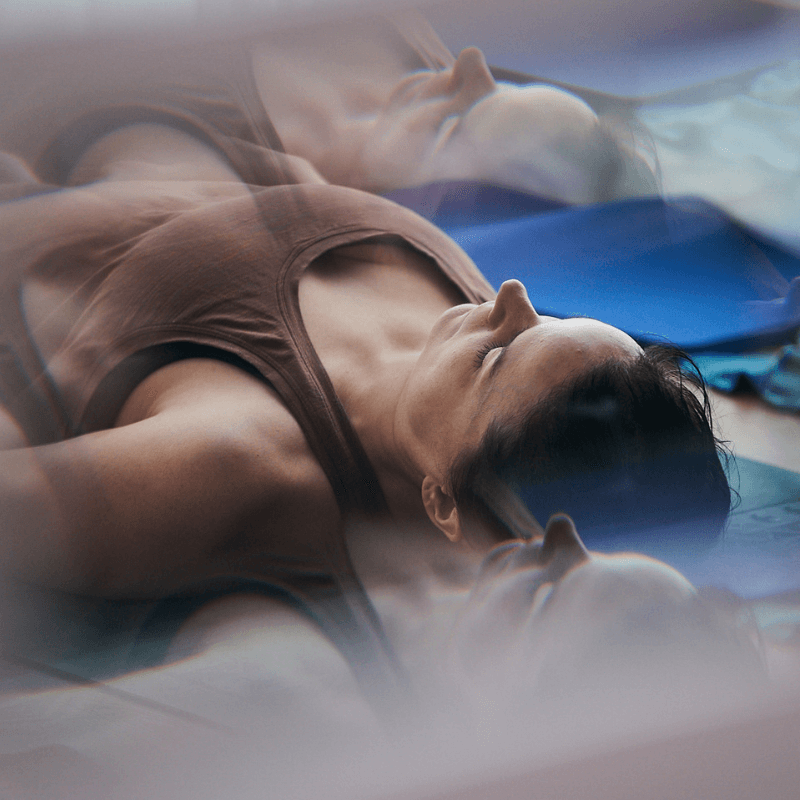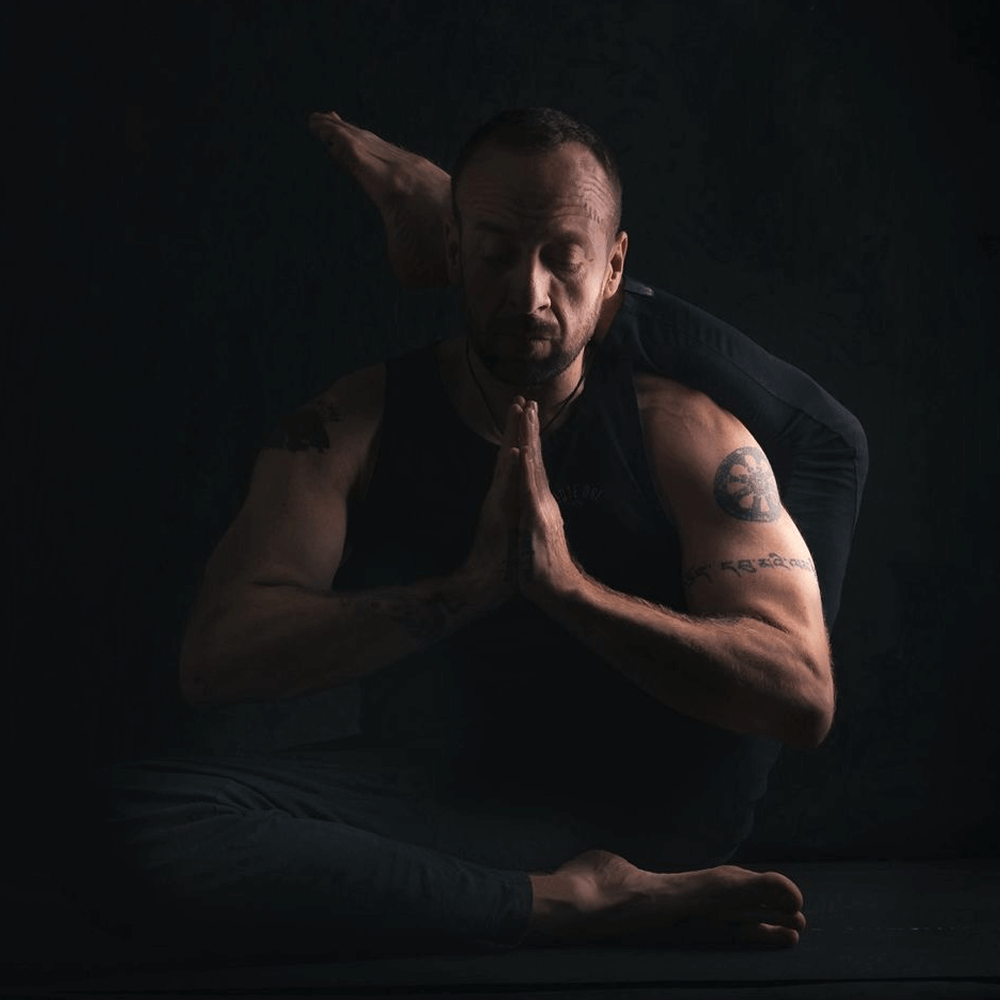
What is Pranayama?
Pranayama is the ancient Indian practice of breath regulation. The word pranayama comes from two sanskrit words: prana and ayama. Prana translates to ‘breath’, while ayama means ‘to extend, control or draw out’. The practice comes in many variations and involves different breathing exercises + patterns.
A pranayama cycle has three phases:
Puraka, or inhalation
Kumbhaka, or retention
Rechaka, or exhalation
What are the benefits of a pranayama practice?
Your own breath can be used to meditate, subdue a panic attack, to practice yoga asana, to boost energy levels, to aid in giving birth and of course, de-stress the body + mind!
Many people follow pranayama to gain the traditional benefits like breath control and lowered heart rate, however modern science has also found pranayama to hold a wide range of unexpected benefits including…
Improved cardiovascular health by gradually decreasing the heart rate + increasing oxygen flow
Aids in better sinus health by encouraging air flow + relieving blockages
Improves skin health by supplying a higher amount of oxygen to the skin cells than typical breathing
Can help to boost immunity by decreasing stress + inflammatory levels in the body
Betters your quality of sleep + decreases sleep disturbances
Reduces psychological stress + make you feel more relaxed
Improved cognitive function – studies show that fast pranayama can help to improve auditory and sensory-motor skills
Want to better your sleep? Try The Long Exhale (Viloma)
1:2 breathing practice that involves gradually increasing your exhalation until it is twice the length of your inhalation.
Top Tip: Practice at bedtime to better sleep + reduce disturbances, or in the middle of the night when insomnia rears it’s head!
Want to relax and lower your anxiety + stress? Try Alternate Nostril Breathing (Nadi Shodhana)
Breathing in + out from one nostril to the next. Take your thumb, ring or little finger to close off the opposite nostril (yogi’s choice), then inhale, hold the breath for a brief period of time and switch nostrils!
Top Tip: Hold each inhale for 2 to 3 seconds before exhaling through opposite nostril – gradually increase this pause as you become more accustomed to the practice!
Wanna boost your energy level? Try Bellows Breath (Bhastrika)
Inhaling and exhaling rapidly through the nose, keeping mouth closed but relaxed. Your breaths in and out should be equal in duration, but as short as possible.
Top Tip: Try this noisy breathing exercise the next time you feel yourself reaching for a coffee! You should feel invigorated, the way you would after a good workout!



